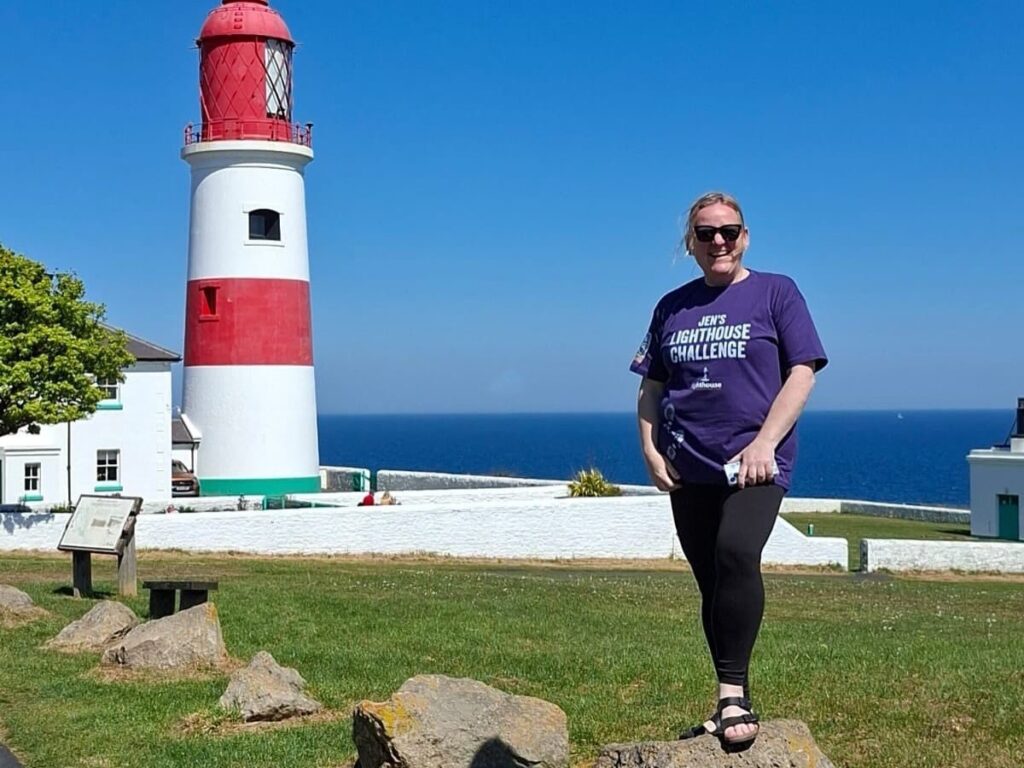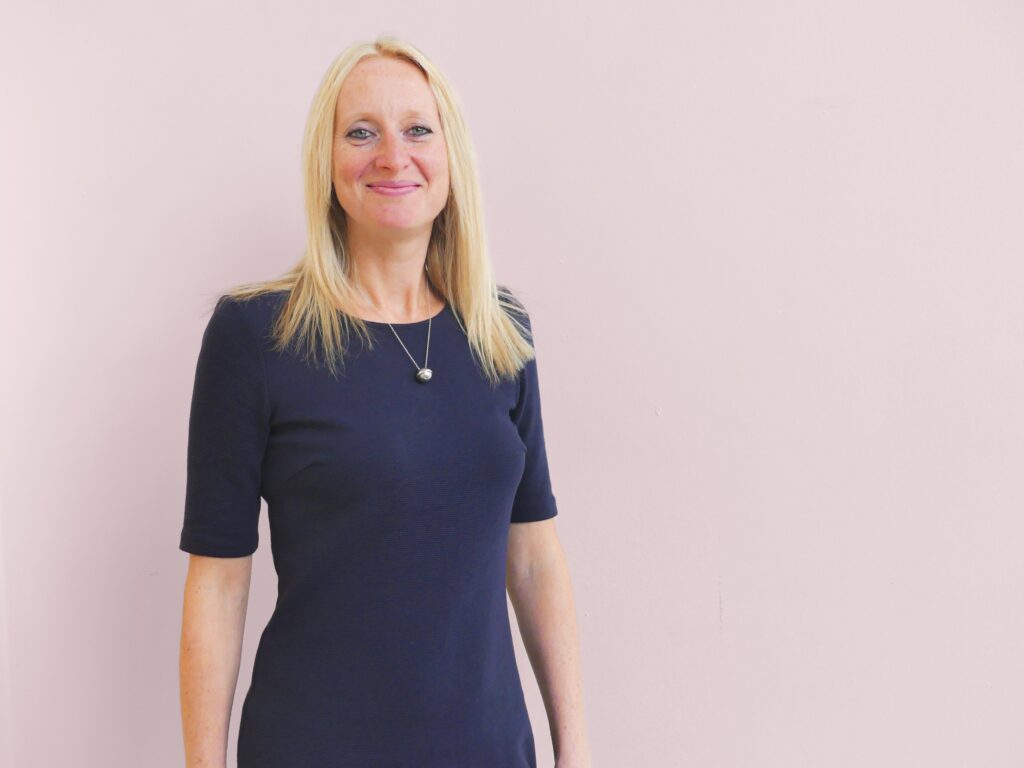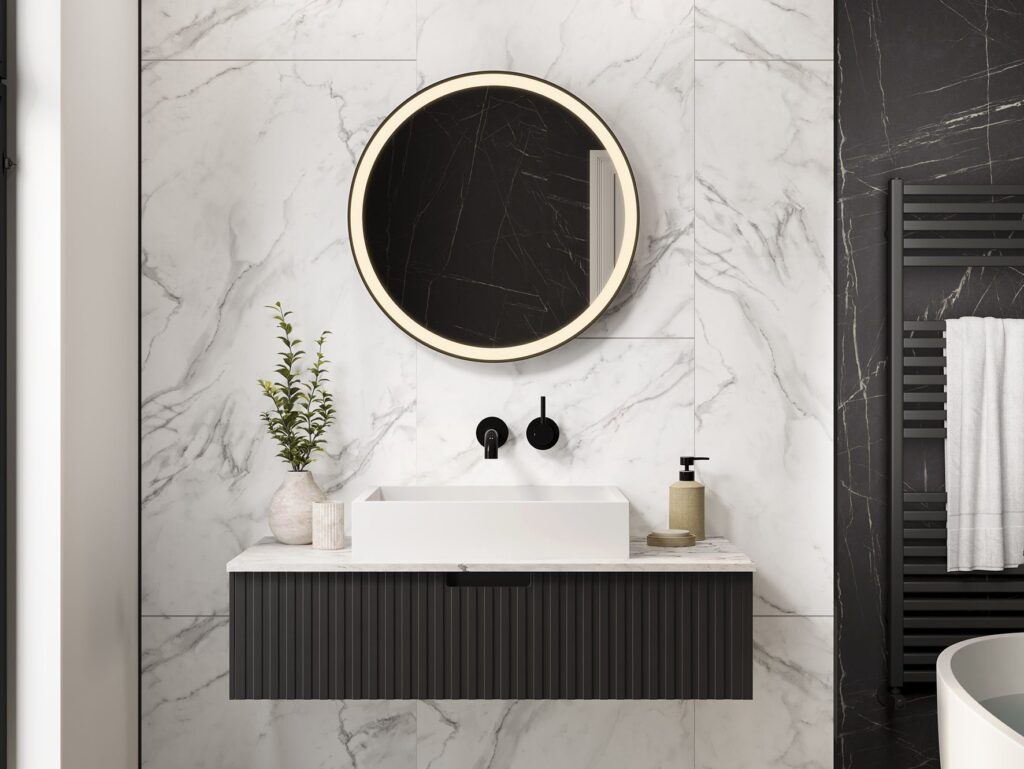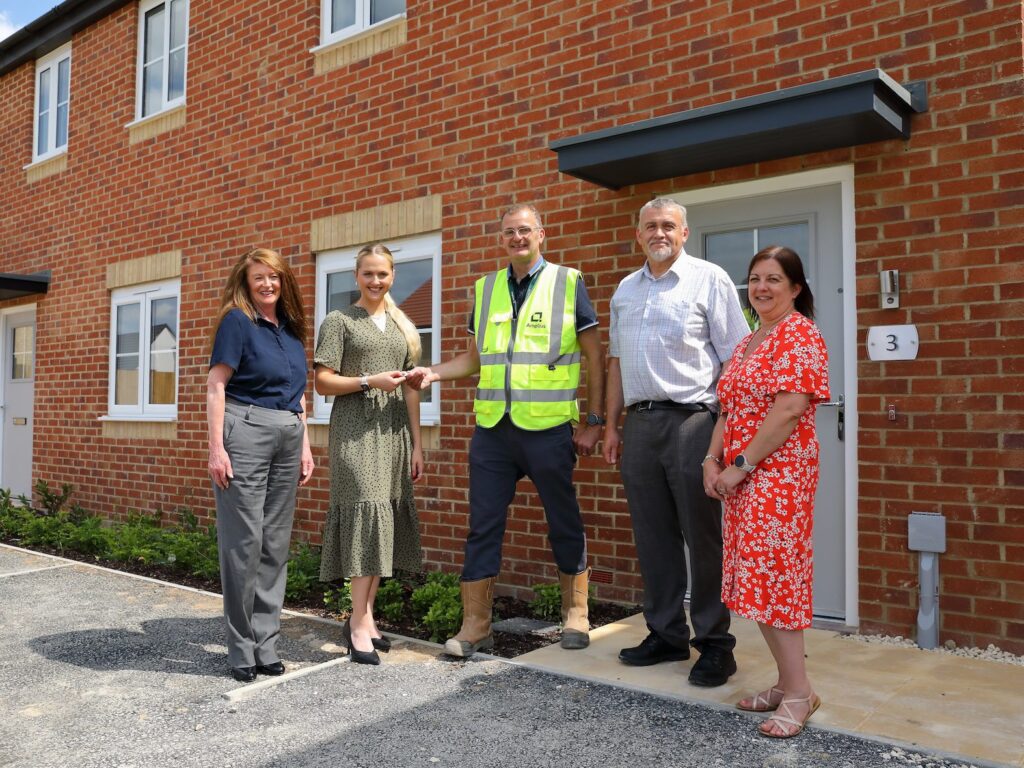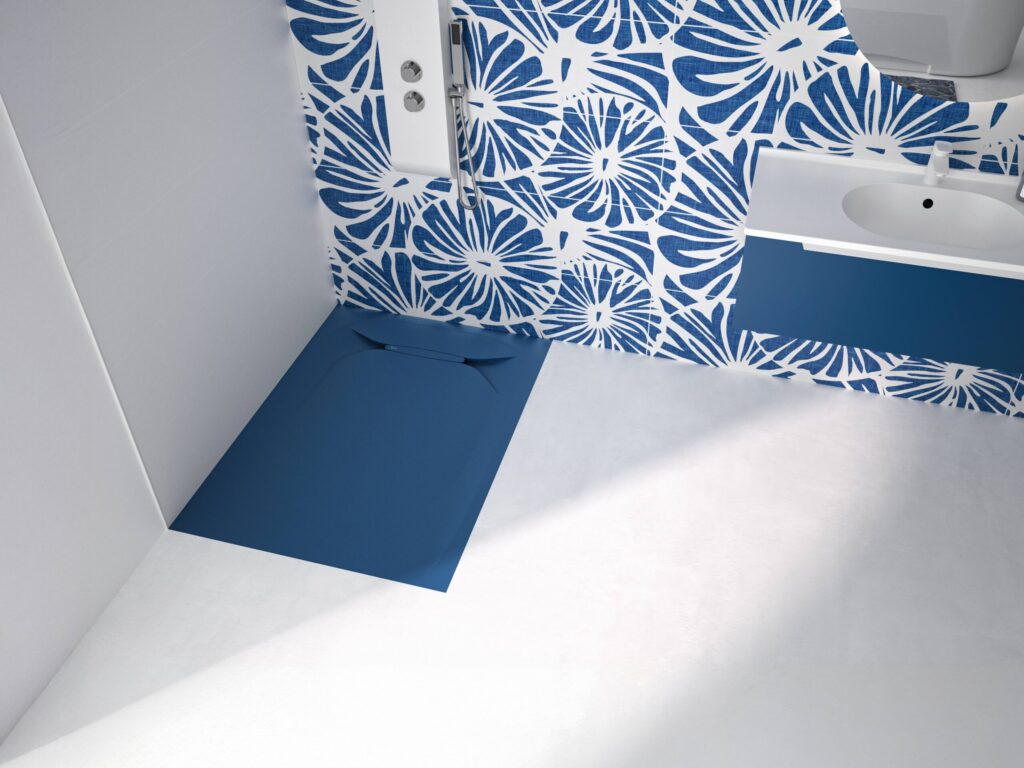Homebuyers are progressively valuing nature, lower energy bills and sustainability when searching for a new home. Equally, eco-choices are increasingly becoming embedded as part of new home developments. This includes high levels of insulation, using high-rated energy efficient appliances and, where possible, adding sustainable energy-saving features such as solar panels, electric car charging points and air source heat pumps to reduce a homebuyer’s carbon footprint and save them money. But, how are housebuilders looking at their own sustainability and what are their net zero plans?
Kebbell has recently formed a Green Team task force led by Sales and Marketing Director, Andrea Fawell, who is so passionate about sustainability that she is doing a Masters in Sustainable Urban Development at Oxford University. She is also taking part in an all-female scientific expedition to ski to the North Pole collecting samples of the ice to look at black carbon, microplastics and other issues.
“Seeing first-hand the detrimental impact of global warming on the Vatnajokull Glacier in Iceland, during a training expedition, made me want to do more from my position within the housebuilding industry to make a difference. The sector is working on how and where to make the biggest positive impacts and I would like to be at the forefront of this. Be it recycling, where we source our materials, or what we choose to use in each property, the solution needs to come from a place of reasoned, evidence-based research and facts. We need to raise the profile of sustainability, foster opinion and experience at grassroots level, define what needs doing, have a clear strategy, involve people, and influence change through policy and action. Anxiety leads to a state of inertia so starting by making lots of little changes we can alter our behaviour in the knowledge that we can make a difference and build from there. After all, sustainability and climate change are relevant to everyone.”
Scope 1, 2 and 3 Emissions
In order to take action to reduce the company’s CO2 emissions, Kebbell first wanted to understand and measure their source. Scope 1, 2 and 3 emissions are a way of categorising the different sources of emissions a company creates in its operations and wider chain of operations upstream and downstream, ie. its operations, suppliers and customers.
Fawell explains: “Scope 1 looks at emissions from sources that a company owns or controls directly, such as from burning fuel in our company vehicles. Scope 2 is emissions that a company causes indirectly, such as those generated by the contractors we use. Scope 3 is emissions that are not produced by the company itself, nor as a result of activities from assets owned or controlled us, but by those that we are indirectly responsible for up and down the chain, such as how our purchasers use the appliances we have fitted into their property.
“Applying the ‘what gets measured gets managed’ concept, we are undertaking an audit of Kebbell’s emissions, via our Green Team, to see where we may have the biggest reduction impact. We have entered into a license with a company called NetZero International to use their software for an initial 12-month period to record our emissions and the figures come back to us on a monthly basis.
“By completing this and acting on its findings, including the preparation of a ‘Pledge and Plan’, we will receive recognition and accreditation from the UN Race to Zero Programme. Once we have the audit results, we will ensure we will not knowingly greenwash but will make decisions based on the evidence. Whilst we do this against a profit-led backdrop, there may be huge opportunities to make savings, as well as save the planet.
How Much Does It Cost to run a Kebbell Home?
Energy bills will still be big news next year and potential buyers want to know what the savings of a new home are likely going to be. Kebbell has asked 100 homeowners in two of their developments, Heatherfields in Bordon and Cornelian Fields in Scarborough, who had purchased homes over the last couple of years if they could read their meters now and analyse how much gas and electricity have been used since the house was handed over to them.
“We know what the meter readings of the Kebbell house were at the time the house was handed over to the new owners. We know the size of the house, the number of bedrooms, bathrooms etc., and its design eg: semi-detached, detached etc. We also know the size of the household living in it. Using this empirical data, we can tell future buyers what their house is likely to cost so they may compare it to an equivalent, second-hand house with a likely inferior EPC rating.”
What does Fawell recommend is the most important change house-builders can make with regard to sustainability in 2023? “I would urge everyone in the industry to carry out an audits on their usage and have the evidence put together to create actionable plans on what to do to play their part going forwards.”
To read more news and exclusive features see our latest issue here
Never miss a story… Follow us on:
Showhome
@Your_Show_Home
@Showhomemag
Media Contact
Anna Wood
Editor, Showhome
Tel: +44 (0) 1622 823 922
Email: [email protected]







